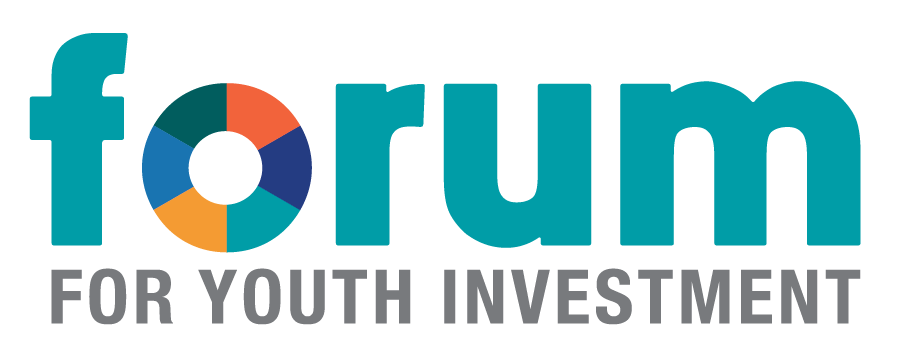Fiscal Mapping Tools
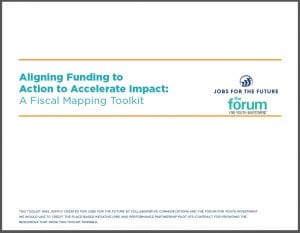
A suite of tools for creating fiscal maps that enable communities to maximize how they use funds to advance shared goals, by identifying and aligning both existing and new funding streams to amplify their impact. Most of these tools were produced in partnership with Collaborative Communications and Jobs for the Future.
The definitive guide to fiscal mapping, including tools and templates that communities can use to jump-start their own fiscal mapping processes:
- An introductory list of readiness questions that communities can use to determine their capacity for a fiscal mapping process.
- Worksheets on planning a fiscal mapping process, engaging stakeholders and experts, and collecting and analyzing data.
- A fiscal mapping project plan template.
- A sample data collection template.
- Three case studies that highlight the potential of flexible financing structures—and spotlight two communities that have used them to serve disconnected youth.
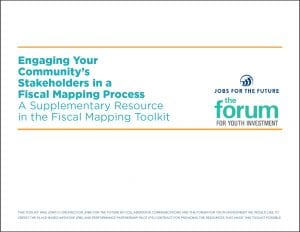 Engaging Your Community’s Stakeholders in a Fiscal Mapping Process
Engaging Your Community’s Stakeholders in a Fiscal Mapping Process
This supplemental guide addresses several key questions:
- Who are the key stakeholders that need to participate in a fiscal mapping process?
- When do you reach out to particular stakeholders?
- What are the key messages that you can use to effectively communicate the impact and value of fiscal mapping to community stakeholders?
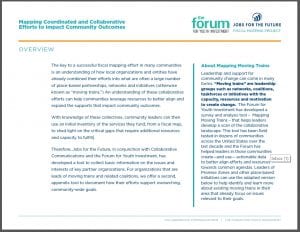 Mapping Coordinated and Collaborative Efforts to Impact Community Outcomes
Mapping Coordinated and Collaborative Efforts to Impact Community Outcomes
The key to a successful fiscal mapping effort in many communities is an understanding of how local organizations and entities have already combined their efforts into what are often a large number of place-based partnerships, networks and initiatives (otherwise known as “moving trains.”) An understanding of these collaborative efforts can help communities leverage resources to better align and expand the supports that impact community outcomes. With knowledge of these collectives, community leaders can then use an initial inventory of the services they fund, from a fiscal map, to shed light on the critical gaps that require additional resources and capacity to fulfill.
Adding it up: A Guide for Mapping Public Resources for Children, Youth and Families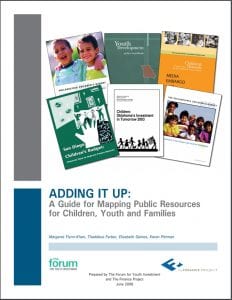
An oldie but goodie, the Forum’s original guide from 2006 explains the why, how and what behind creating a child youth and families resource map. Setting the stage for what’s involved in the process, this guidebook provides a framework for understanding both the benefits and the challenges of getting the job done right, and clarifies the process of creating and implementing one successfully.
Fiscal Mapping Presentations
Beginning in spring 2017, the Forum for Youth Investment, along with Jobs for the Future and Collaborative Communications, launched a community of practice to guide a cohort of nine Promise Zone and Performance Partnership sites across the country through the design and launch of a fiscal mapping process. As a part of this community of practice, the technical assistance team facilitated a series of four sessions. These sessions can ensure that local leaders from other communities across the country have the strategies and resources to successfully implement a comprehensive fiscal mapping process. Below are the PowerPoint presentations from those sessions designed to walk a set of organizations through the steps of a fiscal mapping process.
